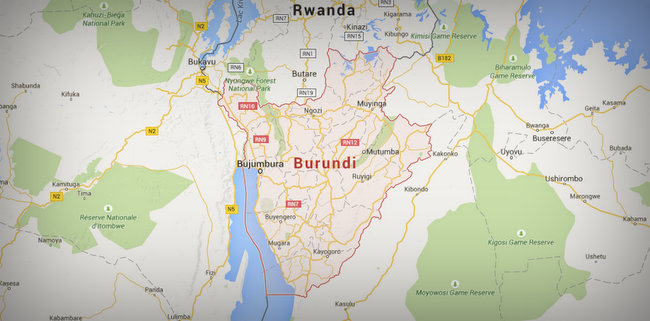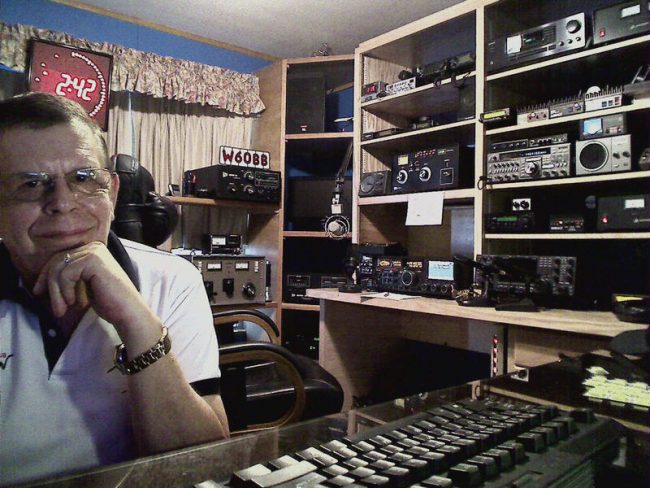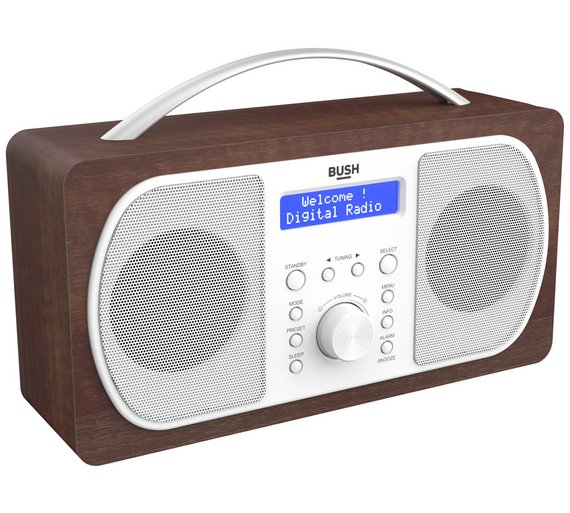(Source: Deutsche Welle via Mike Hansgen)
Beethoven on the air: the DW signature tune
When Deutsche Welle went on the air 65 years ago, the broadcaster opted for a melody from “Fidelio” for its signature tune. Ludwig van Beethoven’s opera is about an act of liberation.
A political prisoner is starved and nearly tortured to death because the prison’s military governor knows that the prisoner could incriminate him. The incarcerated man’s wife masquerades as a young man and, thus camoflaged, makes her way into the dungeon. When the governor attempts to stab the prisoner, the woman jumps between them and pulls out a pistol. At that very moment, trumpets sound out and the Minister, a higher authority, enters the scene. A friend of the prisoner, he recognizes what has been going on and sets the political prisoners free.
At this happy ending of the opera “Fidelio” by Ludwig van Beethoven, Minister Fernando sings the words “Es sucht der Bruder seine Brüder” (The brother seeks his brothers), and continues: “Und kann er helfen, hilft er gern” (And if he can help, he does so gladly.)
The melody to the words is anything but catchy; it is nearly ungainly in fact. Nonetheless, it was chosen as the signature tune when Germany’s international broadcaster began its shortwave radio transmissions on May 3, 1953.
The symbolism in the words
The choice not only had to do with the musical motif, but was also based on the symbolism in the words. Only eight years after World War II’s end, building new friendships and international relationships was no easy task for the new Federal Republic of Germany.
One sought to proceed in a “brotherly” manner with listeners and partners abroad through friendly exchange. Trust was to be built in a fair and impartial sharing of information.
For many years, the melody, played on a celesta keyboard, penetrated the constant ebb and flow of interference noise on the shortwave radio spectrum. It thus made its way to the speakers of shortwave radio sets around the world – often in endless repetitions leading up to the news at the top of the hour.
Click here to download a clip of the DW interval signal recorded on February 22,1982 at 1400 UTC. (Source: IntervalSignal Database)
The broadcaster then had its headquarters in Cologne, and the Beethovenfest classical music festival took place only sporadically in Bonn, 30 kilometers upstream the Rhine.
The move from Cologne to Bonn, and the media partnership with the re-established and much bigger music festival, had to wait until the new millennium. Then it seemed only fitting that Deutsche Welle should once again associate itself with Beethoven.[…]
Continue reading and listen to a number of “Fidelio” variations at Deutsche Welle.







